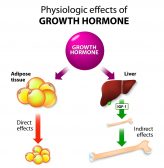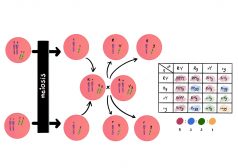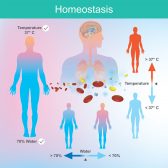Definition
noun, plural: phylogenetic tree
A tree diagram that shows the evolutionary histories and relationships of groups of organisms based on the phylogenies of different biological species
Supplement
The phylogenetic tree is a tree diagram to show the evolutionary histories and relationships among taxonomic groups. It is used in phylogenetics, which is a branch of biology that is concerned mainly in the study of evolutionary relatedness among various groups of organisms through molecular sequencing data and morphological data matrices. The phylogenetic tree is essential in phylogenetics since it has been used to understand biodiversity, genetics, evolutions, and ecology among groups of organisms.
The phylogenetic tree shows phylogeny, i.e. the similarities and differences in morphology and genetics between groups of organisms (or taxa). The taxa that are joined together in the phylogenetic tree implicate evolutionary relatedness. They may also be hypothesized to have descended from a hypothetical common ancestor (internal node). When the ancestral path is implicated the phylogenetic tree is said to be rooted. There are different types of phylogentic trees. A rooted phylogenetic tree is when the nodes implicate the most recent common ancestor of taxa being analyzed. Another type of phylogenetic tree is the unrooted tree. In this type of tree, there is no assumption on ancestry but only the evolutionary relatedness.
Synonym(s):
- evolutionary tree
See also:







